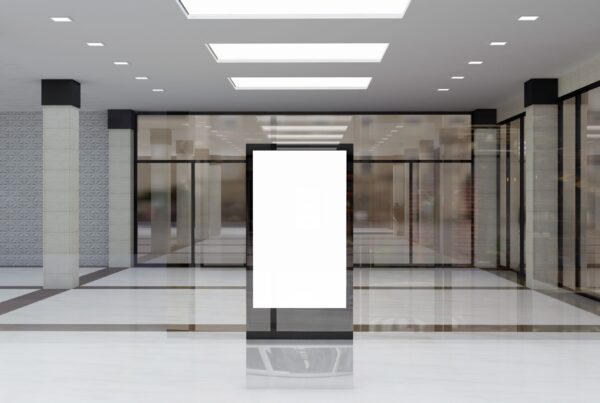Visual communication is critical for businesses today. From retail stores and restaurants to corporate offices and transport hubs, screens are essential for marketing, customer engagement, and operational messaging. If your business is considering deploying screens, one of the biggest decisions is whether to use a regular television or invest in purpose-built digital signage. While consumer TVs may appear cheaper, digital signage solutions in Singapore offer superior performance, reliability, and return on investment for commercial use.
Performance and Visibility
One of the main differences between TVs and digital signage is performance. Commercial displays are designed for 24/7 operation and high-traffic environments. They provide higher brightness levels, better contrast, and wider viewing angles than consumer TVs. In public spaces such as shopping malls, hotel lobbies, airports, or F&B outlets, ambient light can make standard TVs appear dull or washed out.
Commercial displays typically reach 500 to over 2,500 nits of brightness, while consumer TVs usually operate at 250–350 nits. This difference ensures that content is legible and visually appealing under any lighting condition. Additionally, durability is critical. TVs are designed for a few hours of daily use, while digital signage displays feature reinforced components, advanced cooling systems, and protective enclosures to maintain performance over long hours. For Singapore businesses that need consistent and high-quality screens, digital signage is clearly the superior choice.
Content Management and Flexibility
Digital signage is more than just a screen—it’s a content management platform. Commercial displays can integrate with Content Management Systems (CMS), allowing businesses to remotely schedule, update, and monitor content across multiple screens. Promotions, announcements, or informational messages can be targeted by location, time, or audience. For example, a retail chain can display different offers in different outlets or change promotions in real time based on stock or events.
Consumer TVs do not have built-in CMS capabilities. Updating content often requires manual intervention with USB drives or external media players. This is inefficient and prone to error, especially for businesses with multiple locations. Digital signage also supports interactive touchscreens, audience analytics, automated scheduling, and integration with other business systems. These features transform displays from passive screens into engagement tools that drive customer interaction and sales.
Long-Term Costs and Reliability
Although TVs may appear cost-effective initially, the long-term cost of ownership favors digital signage. Consumer TVs used continuously in commercial settings are likely to fail within a year or two, requiring replacements and disrupting operations. In contrast, digital signage displays are rated for tens of thousands of hours of operation, maintain consistent image quality, and come with multi-year warranties.
Many commercial displays also feature energy-efficient technology, such as automatic brightness adjustment and optimized power consumption. This reduces operational costs while supporting sustainability goals—a key consideration for businesses and regulators in Singapore. Over time, investing in digital signage reduces maintenance, downtime, and replacement costs, making it a smart financial decision.
Why Purpose-Built Displays Make Sense
Beyond performance, content management, and cost savings, purpose-built digital signage is future-ready. Commercial displays can be installed in portrait or landscape orientation, tiled for video walls, or integrated with interactive kiosks and mobile applications. They support software updates, analytics, and automation, allowing businesses to measure engagement and refine content over time.
Consumer TVs, by comparison, lack this adaptability. Using a TV for portrait orientation, continuous operation, or video wall setups can shorten its lifespan and degrade performance. A digital signage solution ensures that businesses are equipped with scalable, reliable, and dynamic displays that enhance brand engagement and operational efficiency.
Choosing the right display is essential for businesses in Singapore that want to communicate effectively and professionally. While consumer TVs may offer low upfront costs, they fall short in terms of brightness, durability, content management, scalability, and long-term reliability. Digital signage solutions provide superior performance, centralized content control, energy efficiency, and better total cost of ownership.
For retail, hospitality, corporate offices, and high-traffic environments, investing in digital signage is a strategic decision that improves customer engagement, enhances brand visibility, and supports business growth. In a competitive market, purpose-built displays ensure that your screens are not just functional, but dynamic tools for communication and interaction.



